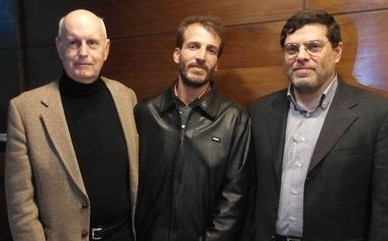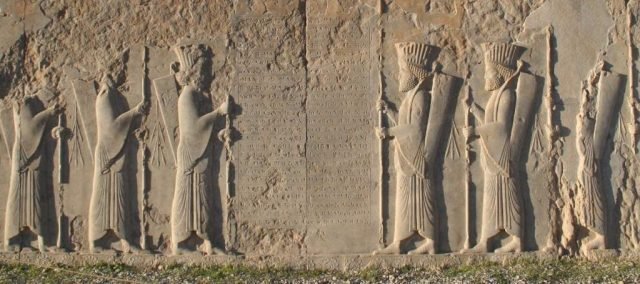
… by Seyed Mohammad Marandi, … with Al Jazeera
_
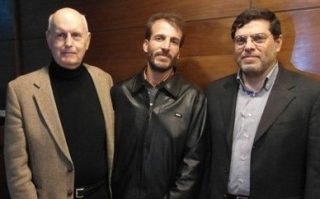
[ Editor’s note: I first met Dr. Marandi when we shared a ride from the Dama Rose Hotel to the Syrian TV studio to do an evening show. I had seen him on Press TV interviews and read some of his work, so I knew he was “well versed”.
I later learned his American accent came from being born in Richmond, Virginia in 1966. I was third year student at Berkshire School in Sheffield, Massachusetts then, just being my real academic career at a very tough New England prep school on a scholarship.
But little did I know that the Marandi baby – born that year in the capitol of the Confederacy – and I would one day meet in Damascus totally by chance… or was it?
Mohammed did not know that I have the only video footage Kennett Love ever did of his journalism career. He was the last non-Jewish, New York Times Mid East correspondent during the post WWII period — a famous author for his one book, Suez, the Twice Fought War, published in 1969.
Those were the golden days for foreign correspondents. Exposure in the New York Times was a sought after commodity by Mid East leaders, and Kennett not only interviewed all the heads of state, but became a confidante of some, like Egypt’s Nasser.
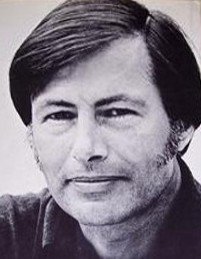
Kennett was often asked to carry private messages between heads of state, which avoided both countries’ diplomatic channels where communications could be, and were often compromised.
About ten years ago, I worked with a team that videoed him on Long Island for two days. I stayed in Atlanta as producer, reading his 1100 page book for the second time, and preparing a small book of questions for the interviewers.
The footage is a treasure trove of his personal experiences and intimate discussions during those turbulent times, when he met everybody that was anybody. I mention it now because he was later in Tehran during the CIA coup in 1953, and wrote the breaking story for the NY Times.
Dr. Marandi and I discussed none of this. We did not know each other well, and one does not engage foreign acquaintances too intimately at a counter terrorism conference with half a dozen intelligence agencies watching who is talking to whom. We were two ships passing in the night, with our lights on and exchanging a friendly hello.
Dr. Ali Salami, the original Viewpoints editor for PressTV, sent Marandi’s article along, as I had asked him to keep an eye peeled for good material; here at VT, we like to have Iranians tell their own story without any Western filters.
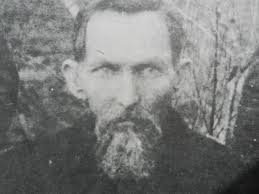
I started doing my intros for exactly that reason… to add a bit of framing and background, and share the strange paths we often take that no soothsayer could never warn us about, even if we overpaid them for an attempt.
But I had the advantage in my meeting with Mohammed. He did not know that we shared a common history… to a degree.
He now lives in a country once carjacked by Washington DC, and Britain. But as a descendant of Revolutionary War and Confederate soldiers, I also know what it is like to have been ruled over by both, and been pillaged economically, as the South was until WWII when the last of the Civil War era tax duties were finally removed from the backs of the Southern people.
The old saying comes to mind… “Better late than never”… Jim W. Dean ]
_____________________________
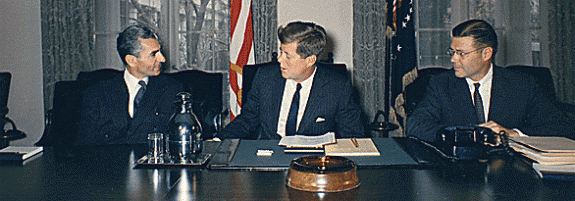
– First published … January 8, 2015 –
___
When US Vice President Joe Biden told an American university audience in October that Turkey, the UAE and Saudi Arabia are responsible for arming al-Nusra, ISIL, and other al-Qaeda-rooted extremists in Syria and that there is no “moderate middle” in the country, there was (as most non-Americans expected) little coverage of this stunning admission in the US mainstream media.
Indeed, what little coverage there was focused on Biden’s subsequent apologies to Turkish, Emirati, and Saudi leaders for having made such comments in the first place.
Predictably, there was no follow-up reporting in the New York Times reminding Americans that the US is itself complicit in funding and arming extremists in Syria.
___________________________
CIA producing weapons
The New York Times…a media repuation that has been squanderedIn early 2013, the newspaper reported what many in the region already knew, that since the beginning of 2012, the CIA had been deeply involved in procuring weapons for anti-Assad forces, airlifting arms to Jordanian and Turkish airports, and “vetting” rebel commanders – all to help US allies “support the lethal side of the civil war”.
Other reports pointed out that these shipments were actually paid for by US allies, at the bidding of the Obama administration.
But, after the Biden revelation, the so-called “newspaper of record” made no reference to how the US, in violation of international law, helped to facilitate the Syrian civil war – and, in the process, to enable the rise of ISIL.
Western-backed extremism is neither a new nor regionally bound concept. Whether it is the “Contra” rebels in Nicaragua or al-Qaeda-like groups in Afghanistan, the objective has always been to achieve strategic objectives through the infliction of mass suffering – for, in the “free and civilised world” of the US and its allies, the utopian end too often justifies the Mephistophelean means.
More recently, an important footnote to the Libyan civil war was the involvement of Abdul Hakim Belhaj, previously the leader of the Libyan Islamic Fighting Group as well as an al-Qaeda member.
He was one of many Libyan militants influenced by a takfiri (apostate) ideology; the groups with which he was affiliated were designated as terrorist organisations by the US State Department.
Nevertheless, he, along with other like-minded militants, became central components in the efforts of western and Arab-backed anti-Gaddafi forces to capture Tripoli, the Libyan capital.
Western willingness to cooperate with al-Qaeda (or “former” al-Qaeda) militants in Libya was a major turning point. Even the subsequent death of the US ambassador to Libya did not change US policy in this regard. Belhaj became the representative of Libya’s interim president after Gaddafi’s overthrow (before the complete ruin of the country).
More importantly, the willingness of the US and European and “Middle Eastern” allies to embrace al-Qaeda-like militants took US and western foreign policy in the region back to what it had been before the September 11, 2001 attacks – a policy of cooperation with violent extremists to undermine regional actors the West considers problematic.
___________________________
Monster they created
The US lost its head over removing Assad where the 200,000 Syrians are dead and millions are refugeesThis policy quickly expanded from Libya to Syria and the repercussions are being felt today in countries like Pakistan, Nigeria, Australia, and China.
After Gaddafi’s overthrow, Turkey – a NATO member – allegedly helped Belhaj to meet with leaders of the so-called “Free Syrian Army” in Istanbul and along the Syrian-Turkish border.
In the meetings the former al-Qaeda leader discussed supporting the FSA with money, weapons, and fighters, at a time when the CIA was a major conduit for the transfer of weapons from Libya to Syria.
While Belhaj was just one of many al-Qaeda affiliates involved in violent anti-government campaigns in both Libya and Syria, his openly acknowledged role underscores how the supposedly “moderate” FSA was, from early on in the Syrian civil war, as Iran repeatedly warned, deeply associated with and infiltrated by extremists.
Over time, the problem grew so large with ISIL’s rise that it became impossible to hide the monster that the US and its allies had created. And so, Washington launched yet another chapter in its never-ending post-9/11 “war on terror”.
Notwithstanding Washington’s professed determination to degrade and, ultimately, to destroy ISIL, Iran remains profoundly sceptical of US intentions. Even after dramatic gains by ISIL in Iraq and the formation of a US-led coalition of the guilty to fight it, this coalition has, on average, carried out just nine air strikes per day in both Iraq and Syria.
In comparison, western reports indicate that, in the same period, the Syrian air force alone has at times carried out up to 200 strikes in 36 hours. Even as these largely inconsequential US-led air strikes are carried out in Iraq and Syria, some regional players continue to provide extensive logistical support to ISIL; along Syria’s borders with Jordan and the Israeli regime, the Nusra Front continues to collaborate with other extremist militias backed by foreign (including western) powers.
In light of these realities, Iranians – who have been indispensable in preventing the fall of Damascus, Baghdad, Aleppo, and Erbil – simply do not buy the argument that a repentant US is now waging a real war against ISIL, the Nusra Front, and other extremist organisations in Iraq and Syria.
Rather, Iranians see the evidence as pointing to a complex (yet foolish) policy undertaken by Washington and its allies for the purpose of “containing” the Islamic Republic.
What, then, would be the justification – under such circumstances and as Iranian allies are successfully pushing back extremists in Iraq and Syria – for the Islamic Republic to cooperate with the US in Iraq?
No matter how much some may try to tempt it, Iran will not play Faust to America’s Mephistopheles.
Seyed Mohammad Marandi is professor of North American Studies and dean of the Faculty of World Studies at the University of Tehran.
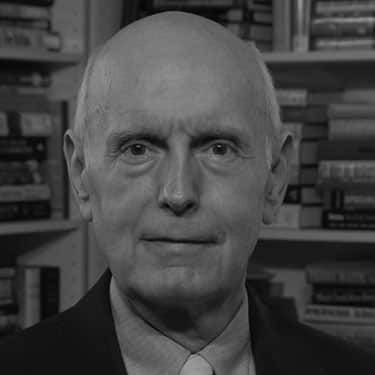
Jim W. Dean was an active editor on VT from 2010-2022. He was involved in operations, development, and writing, plus an active schedule of TV and radio interviews.
ATTENTION READERS
We See The World From All Sides and Want YOU To Be Fully InformedIn fact, intentional disinformation is a disgraceful scourge in media today. So to assuage any possible errant incorrect information posted herein, we strongly encourage you to seek corroboration from other non-VT sources before forming an educated opinion.
About VT - Policies & Disclosures - Comment Policy

